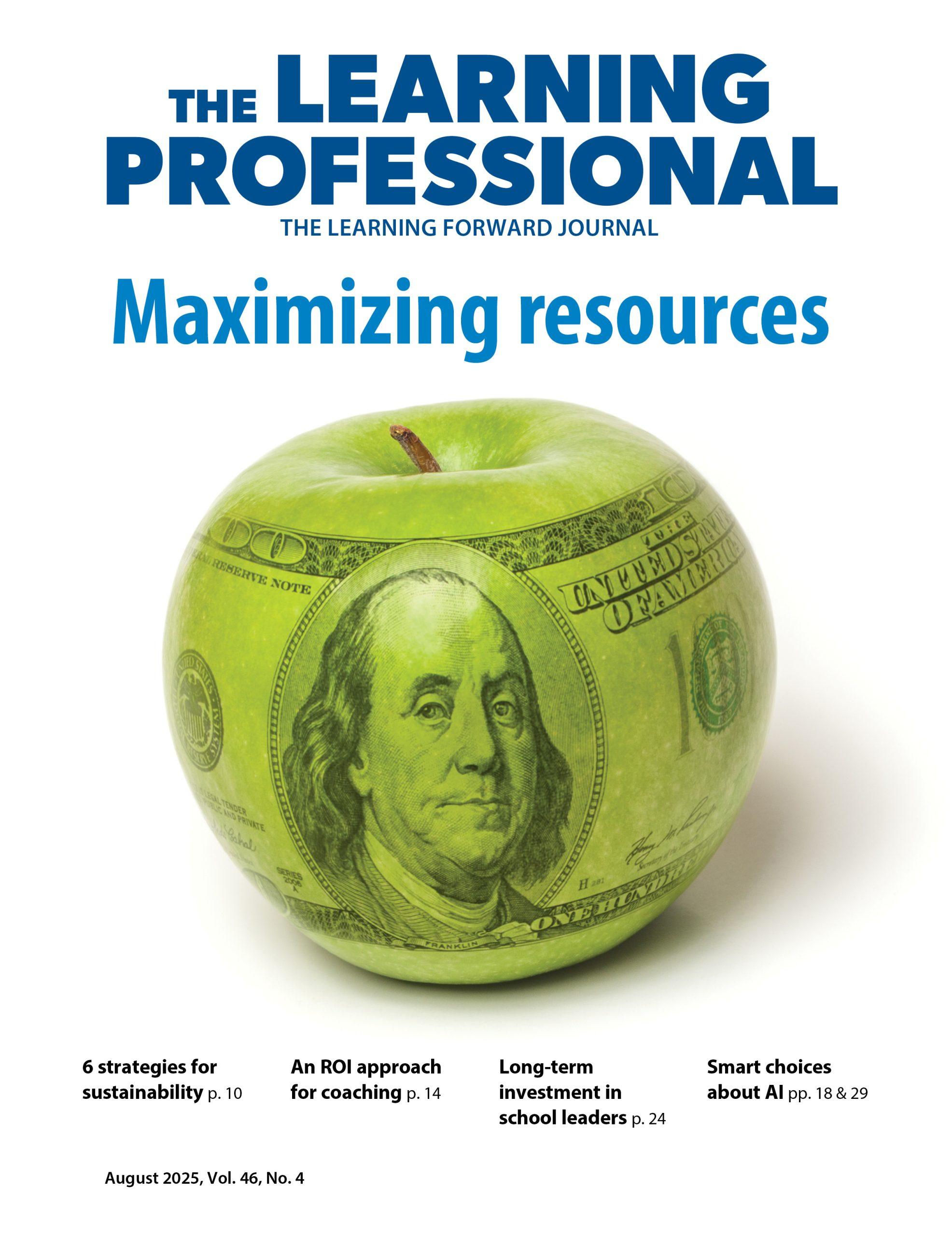Read the remaining content with membership access. Join or log in below to continue.
Sed ut perspiciatis unde omnis iste natus error sit voluptatem accusantium doloremque laudantium, totam rem aperiam, eaque ipsa quae ab illo inventore veritatis et quasi architecto beatae vitae dicta sunt explicabo. Nemo enim ipsam voluptatem quia voluptas sit aspernatur aut odit aut fugit, sed quia consequuntur magni dolores eos qui ratione voluptatem sequi nesciunt. Neque porro quisquam est, qui dolorem ipsum quia dolor sit amet, consectetur, adipisci velit, sed quia non numquam eius modi tempora incidunt ut labore et dolore magnam aliquam quaerat voluptatem.
References
Goe, L. & Croft, A. (2009, March). Methods of evaluating teacher effectiveness: Research-to-practice brief. Washington, DC: National Comprehensive Center for Teacher Quality.
Hillsborough County Public Schools. (n.d.). Leading change in Hillsborough County Public Schools. Tampa, FL: Author. Available at https://communication.sdhc.k12.fl.us/eethome/casestudies.
Measures of Effective Teaching Project. (2010, December). Learning about teaching: Initial findings from the Measures of Effective Teaching Project. Seattle, WA: Author.
McCaffrey, D.F., Lockwood, J.R., Koretz, D.M., & Hamilton, L.S. (2003). Evaluating value-added models for teacher accountability. Santa Monica, CA: RAND Corporation. Available online at www.rand.org/pubs/monographs/2004/RAND_MG158.pdf.
National Board for Professional Teaching Standards. (2011). Student learning, student achievement: How do teachers measure up? Arlington, VA: Author.
Rockoff, J.E. & Speroni, C. (2011, October). Subjective and objective evaluations of teacher effectiveness: Evidence from New York City. Labour Economics, 18(5), 687-696.
Weisberg, D., Sexton, S., Mulhern, J., & Keeling, D. (2009). The widget effect. Santa Cruz, CA: The New Teacher Project.
Learning Forward is the only professional association devoted exclusively to those who work in educator professional development. We help our members plan, implement, and measure high-quality professional learning so they can achieve success with their systems, schools, and students.
Recent Issues
MEASURING LEARNING
June 2025
To know if your professional learning is successful, measure educators’...
NAVIGATING NEW ROLES
April 2025
Whether you’re new to your role or supporting others who are new,...
LEARNING DESIGNS
February 2025
How we learn influences what we learn. This issue shares essential...
BUILDING BRIDGES
December 2024
Students benefit when educators bridge the continuum of professional...









